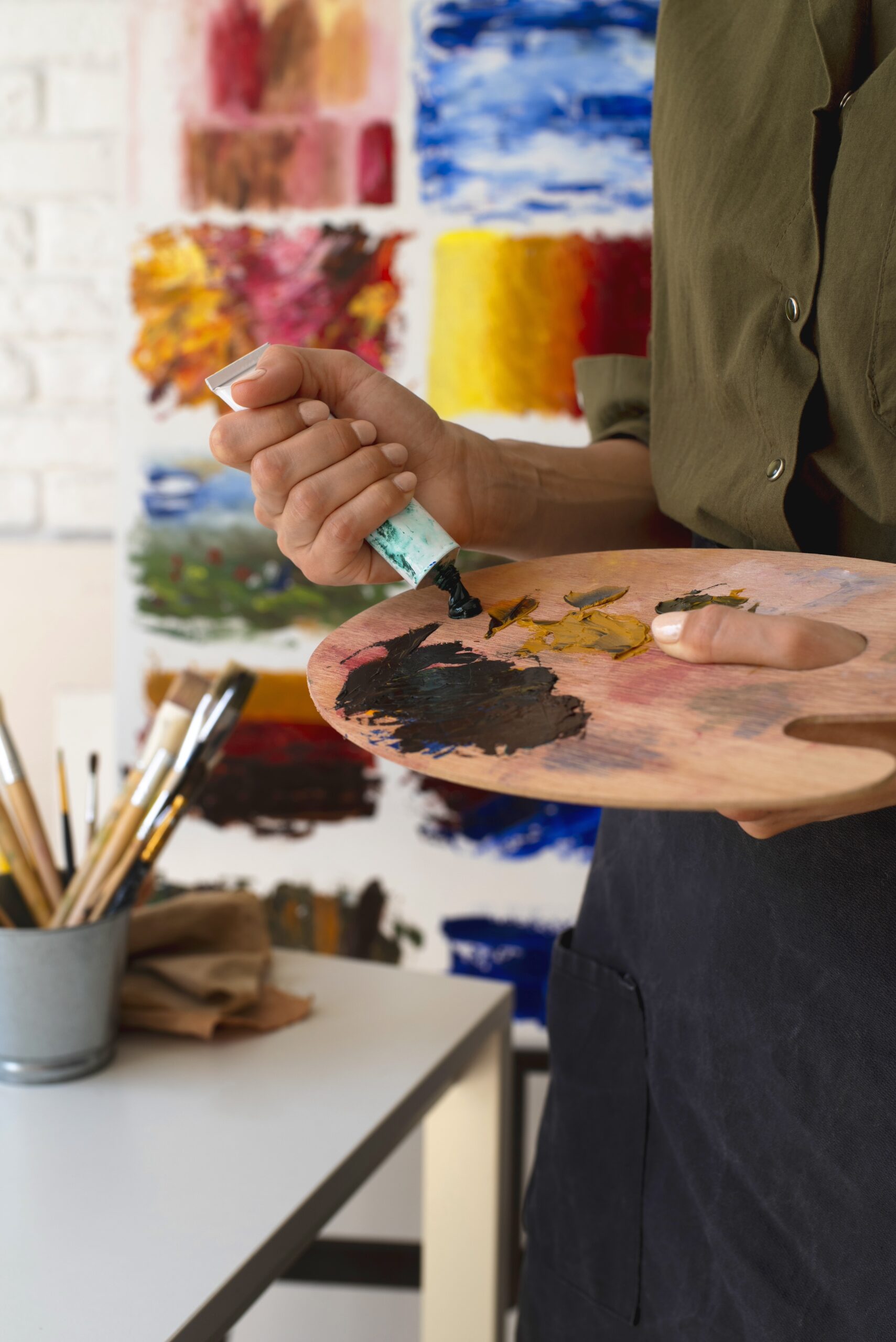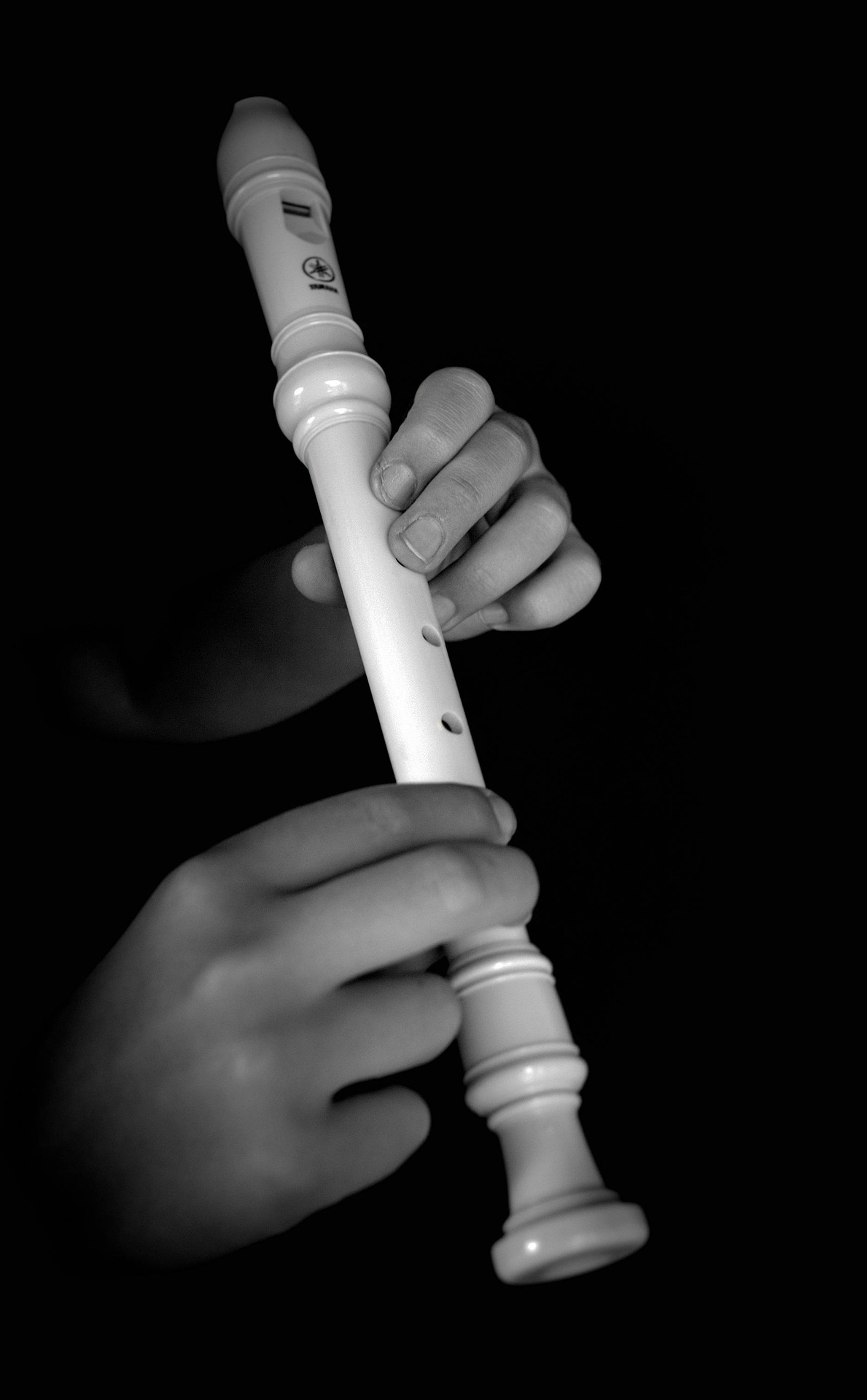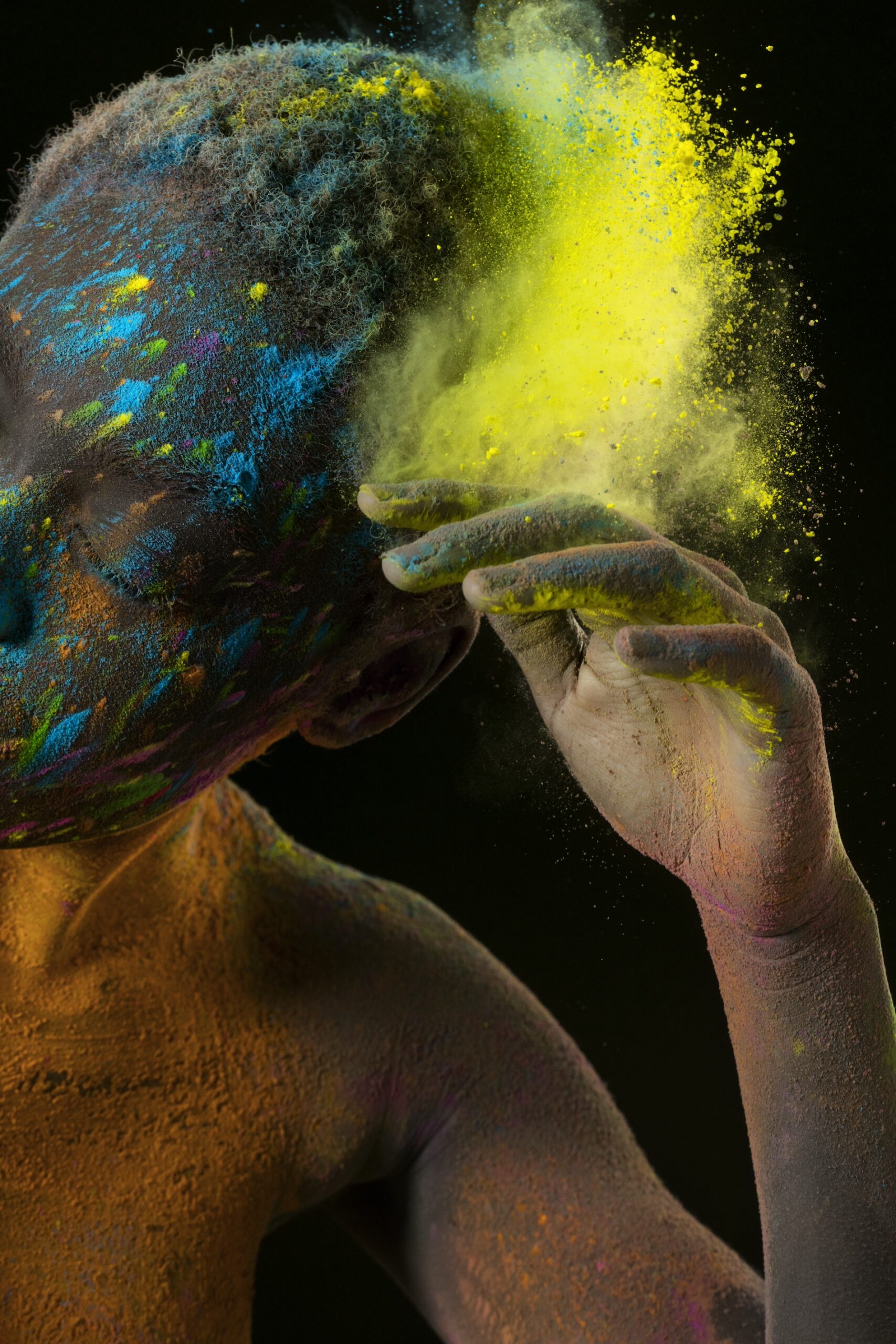Music therapy is a form of therapy that uses music to promote healing and improve well-being. It involves listening to, creating, or performing music to address emotional, physical, cognitive, and social needs. Through guided music activities, music therapy helps individuals express emotions, reduce stress, improve movement, and enhance overall mental and physical health.





